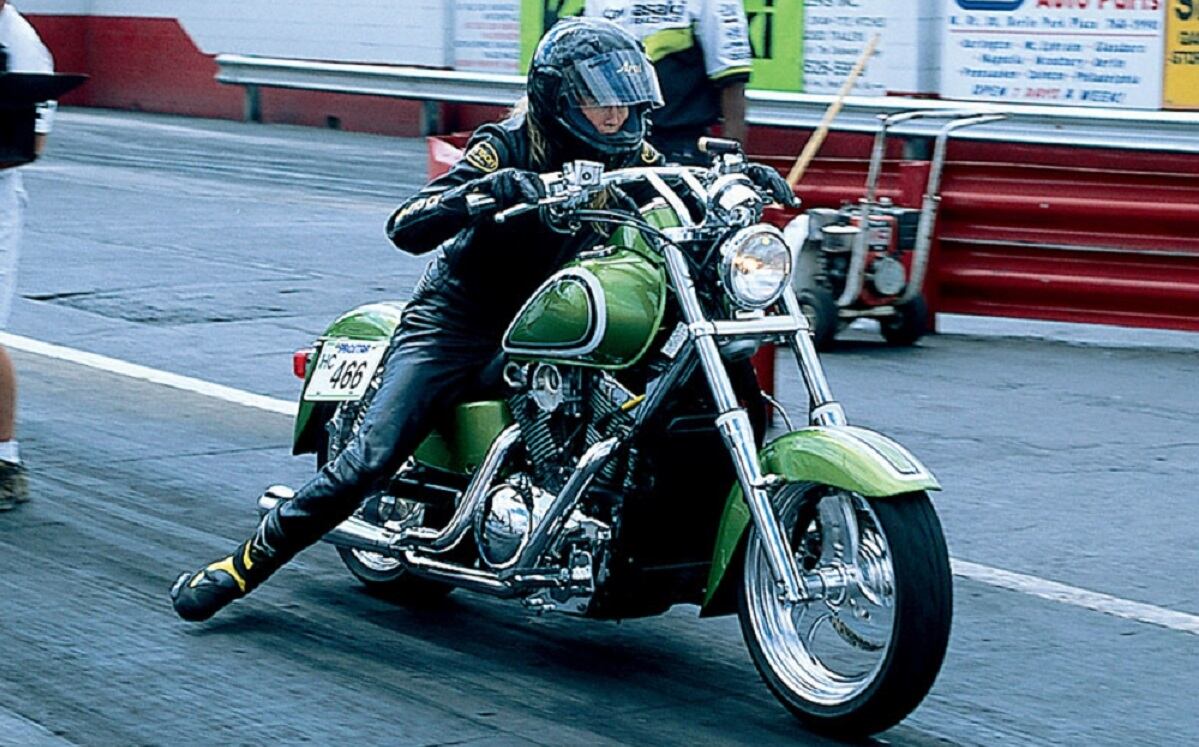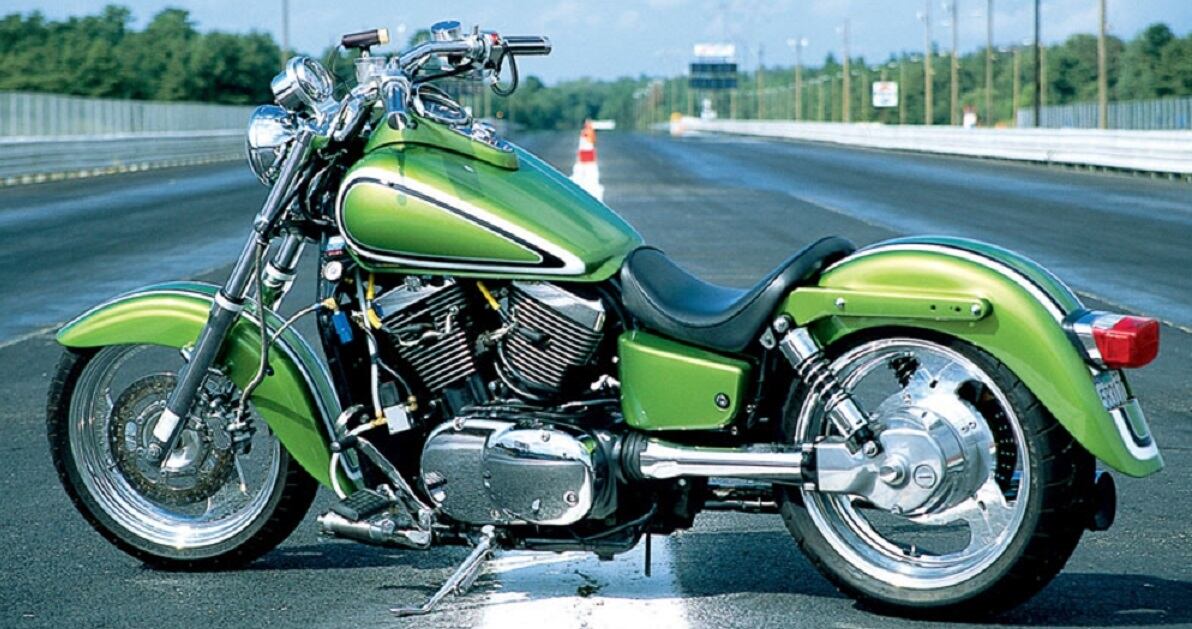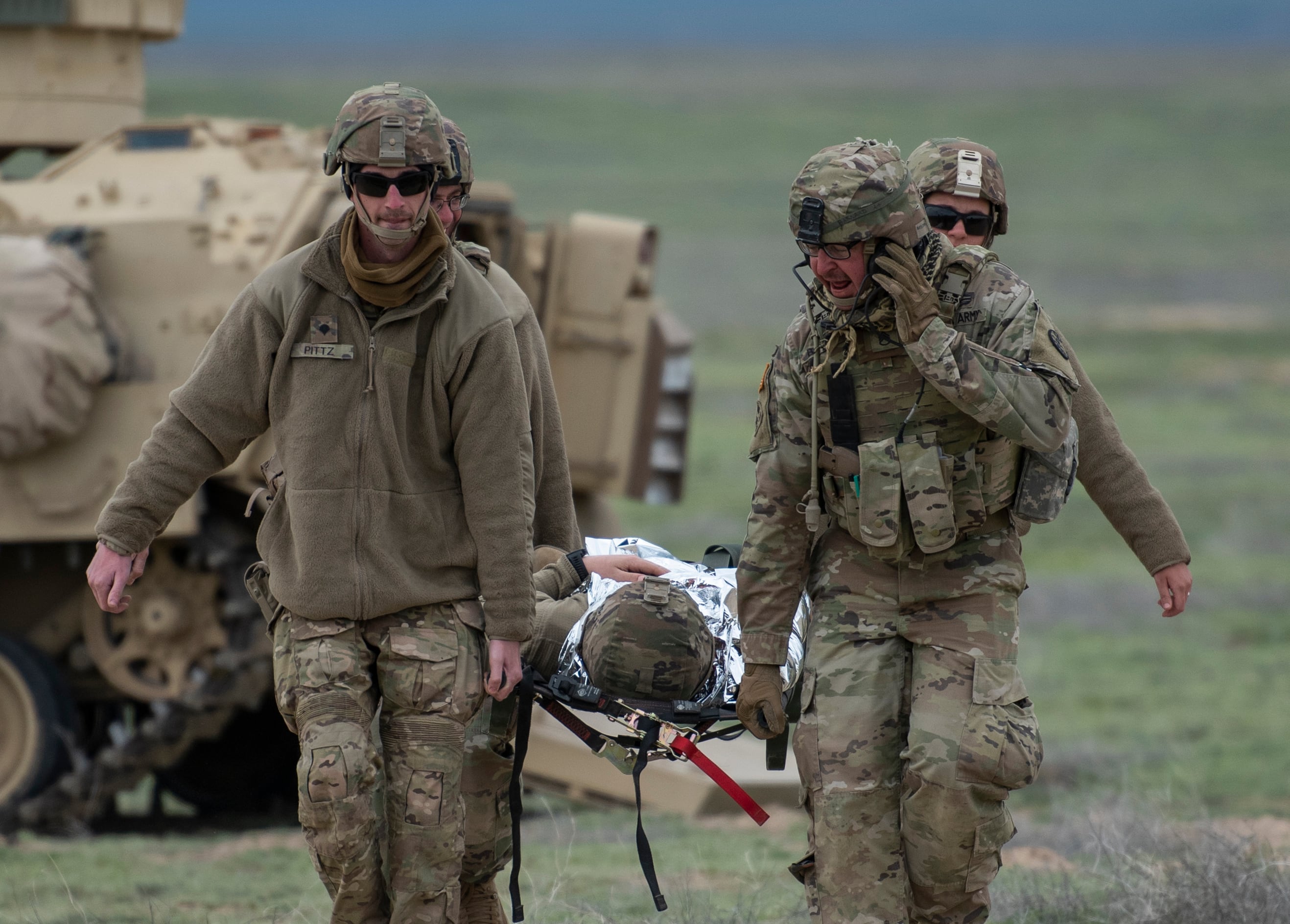This article was originally published in the December 2001 issue of Motorcycle Cruiser.
Some people think it's simple — line up the bike, yank the gas, dump the clutch and hold on. Drag racing does look pretty simple ... at least from a distance. After two days of intensive tutelage from 6-time national champion Rickey Gadson on his home track in Atco, New Jersey, however, I can tell you it's less about bravado than it is about skill.
Anyone can hook up the rear tire and blast down the strip, but you won't be competitive until you understand the science. In a word, it's traction. In a definition, it's a hundred things that need to come together before you can maximize it.
RELATED

I'd wanted to take a motorcycle drag racing school ever since our own Evans Brasfield came back in a deep state of euphoria from his experience with Gadson. But the blossoming performance trend in cruisers just wasn't a deep enough angle to warrant revisiting the scene.
When the AMA Prostar series announced its new Hot Rod Cruiser class last year, however, my lust suddenly became more viable story fodder. All I was missing was a twist. It was the producer of our Speedvision show who finally came up with the perspective: Little Miss Jamie Elvidge — all bows and bobby socks (yeah, right) goes head-to-head against the show's salty, black-leather-laden commentator and self-proclaimed "old fart" Larry Maiers — girly-girl against, er, manly-man on big-inch cruisers at the Prostar season finals in Gainesville, Florida. (Of course we'd need a little schooling first).

If Gadson weren't a professional drag racer he would make a good high school algebra teacher. He definitely has a gift for making what's difficult seem doable, but also a knack for coaxing been-there adrenaline junkies into a state of open-minded exuberance.
There were nine people in our two-day class and all had some level of drag racing experience — well, except for Maiers and I, who had practiced only sneering at that point. We started in the classroom where we were seeded with the basics: We discussed the burnout, the dry-hop (a practice launch to test bike reaction between heating the tire and take-off) and also the critical science of staging. We also analyzed the ticket — that beautiful little slip of paper that becomes the mirror of your performance.
We spent the balance of the day on the track honing our launching skills, decked out in Vanson leathers and Arai helmets equipped with radio communication. It is the velocity of take-off that counts in drag racing — more than reaction time, more than top speed. The first 60 feet make or break your run, and we spent the entire afternoon improving this time.
The intensity of staging is extreme, especially when you're a novice, mentally juggling all the elements that need to come together. With practice, these things start to feel very natural though, and having Gadson's calm voice in my ear accelerated the learning process. Without that one-on-one it would have taken me months to get the results I was hoping for.

The Vulcan Classic I was riding is a monster by cruiser standards and I found out straight away that keeping my weight over the tank was essential to stop a productive front-end loft from becoming a time-eating wheelie. The school typically runs Kawasaki ZX600 and ZX900 sportbikes, which make great learning tools no matter what you intend to race in real life. You can also run your own bike if it's approved by Gadson beforehand.
The Vulcan Maiers and I were training on is Kawasaki's current entry in the Hot Rod Cruiser class, and I suppose they thought a girl and an old fart couldn't mess it up too badly. We certainly made it scream, but it wasn't bothered. My ideal engine speed at launch turned out to be 5000 rpm, and I'd shift at six grand.
The next day we were back in the classroom again to feed our heads before commencing with the smoke and rip. Everything came together for me on the bike that afternoon. I was consistently running high 11s by the end of the day and had left Maiers in the dust.
His cute little sneer had turned to a pout. I was only a few 10ths of a second off the factory rider's best times on this bike, and I could hear Gadson whooping in my helmet as I'd tick through the last beam. I was completely hooked — in love with the light and now living for that slip of white paper.
When we all took off our helmets for the last time that day the lingering thrill and satisfaction was palpable. Even those who raced regularly had trimmed their times substantially and all agreed the experience was totally worth the $995 price Gadson charged for the course (it's quite a bit less if you run your own bike). The fun factor alone was invaluable, and I'd recommend the experience to anyone looking for an adventure.
And if you become a bona fide addict (I dare you not to) you can entertain the idea of building your big V-twin cruiser for competition. The Prostar Hot Rod Cruiser class is wide open at this point. I only counted five entries in the last event—three Yamaha Road Stars, our Vulcan and one Harley. Got a VTX? You could go to town!





